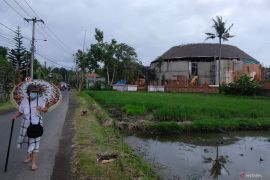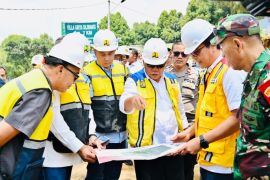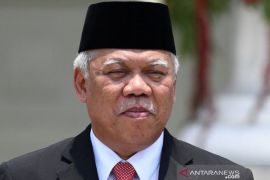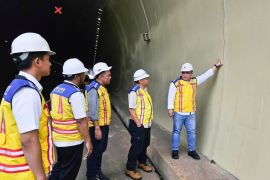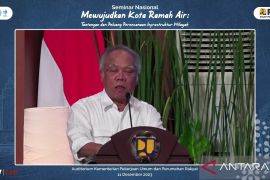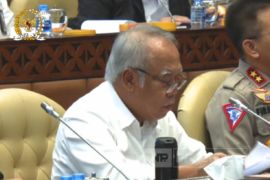The development of a city must be seen as a potential source of financing for the city itselfJakarta (ANTARA) - The Ministry of Public Works and Public Housing (PUPR) highlighted that compact cities are a crucial paradigm in the development and financing of a city.
"The development of a city must be seen as a potential source of financing for the city itself, and it is necessary to use the compact city paradigm that allows for cross-subsidy financing," Director General of Infrastructure and Housing Financing of the ministry Herry Trisaputra Zuna stated in an online seminar "National Urban Forum" in Jakarta, Thursday.
Zuna cited the example of network development that has an impact on regional development, which will ultimately serve the demands of urban communities.
"I often say that infrastructure development and urban development should be built by the infrastructure or the cities themselves. Building infrastructure is like building hope with hope because the infrastructure itself is not yet available, but how do we build it with the resources that the infrastructure itself will create," he stated.
Indonesia is one of the countries with the highest urbanization rate in the world, with 56.7 percent of the population living in urban areas in 2020 and will experience an increasing trend of around 72.8 percent in 2045.
The high rate of urbanization and population in Indonesia's big cities has an impact on exceeding the carrying capacity of the environment that has resulted in several issues in urban areas, including increasing social problems, increasing number of slum settlements due to the lack of availability of affordable housing, declining environmental quality, increasing production of greenhouse gas emissions from glass manufacturing, and increasing levels of vulnerability to natural disasters.
To ensure that the city can provide better opportunities and lives in the future, it is important to ensure inclusivity on the three pillars of spatial inclusion, economic inclusion, and social inclusion, he remarked.
Inclusive city, Zuna said, requires the provision of affordable housing, water, and sanitation. In terms of social inclusion, inclusive city guarantees equal rights and community participation, and economic inclusion means that inclusive city creates jobs and opportunities for people to benefit from economic growth.
In order to realize an inclusive, safe, resilient, and sustainable city by 2030, the Ministry of PUPR remains committed to the target of Sustainable Development Goals (SDGs).
In practice, currently, urban development is still based on infrastructure project units that are built partially and has not considered projected population demand in the future, he said.
"To answer the challenges of sustainable and inclusive urban development and financing, urban development planning must be packaged in an integrated manner with sources, schemes, and financing instruments," Zuna remarked.
Related news: UI names Semarang Indonesia's most sustainable city
Related news: Sustainable city development can bolster economy: Governor
Related news: OIKN explores cooperation with China's Shenzhen in city development
Translator: Aji Cakti, Cindy Frishanti Octavia
Editor: Sri Haryati
Copyright © ANTARA 2023


